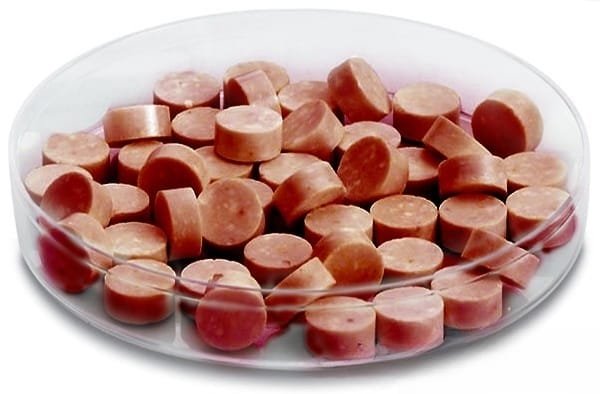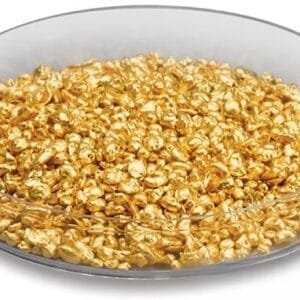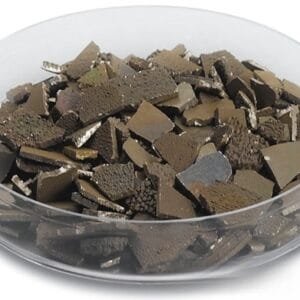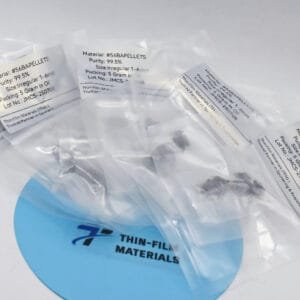Bismuth Ferrite (Garnet) Evaporation Materials Overview
TFM offers high-purity bismuth ferrite (Garnet) evaporation materials, with the chemical formula Bi₃Fe₅O₁₂. These oxide materials are essential for achieving high-quality films in various deposition processes. Our bismuth ferrite (Garnet) materials are produced with up to 99.9995% purity, supported by stringent quality assurance processes to ensure reliable performance.
Related Products: Bismuth Evaporation Materials, Iron Evaporation Materials
Applications of Bismuth Ferrite (Garnet) Evaporation Materials
Bismuth ferrite (Garnet) evaporation materials are utilized in:
- Deposition Processes: Ideal for semiconductor deposition, chemical vapor deposition (CVD), and physical vapor deposition (PVD).
- Optics: Used in wear protection, decorative coatings, and display technologies.
Packaging and Handling
Our bismuth ferrite (Garnet) materials are carefully tagged and labeled to ensure efficient identification and quality control. We take all necessary precautions to prevent damage during storage and transportation.
Contact Us
TFM is a leading supplier of high-purity bismuth ferrite (Garnet) evaporation materials, available in various forms such as tablets, granules, rods, and wires. Customized shapes and quantities can be provided upon request. In addition to evaporation materials, we offer evaporation sources, boats, filaments, crucibles, heaters, and e-beam crucible liners. For current pricing and information on materials not listed, please contact us with your inquiry.


 MSDS File
MSDS File



Reviews
There are no reviews yet.